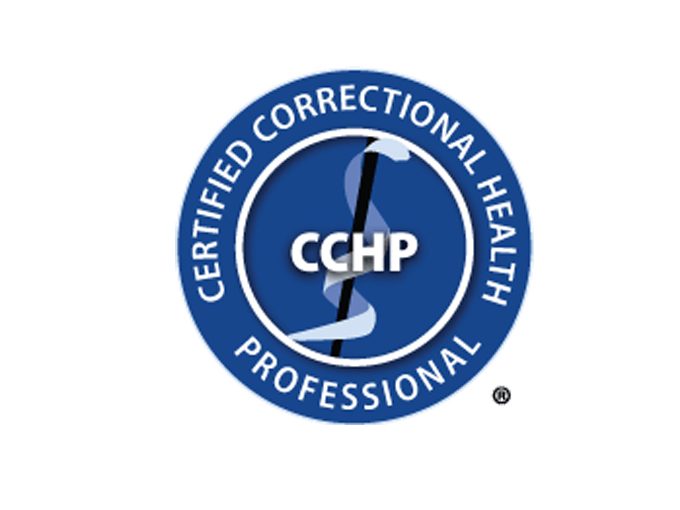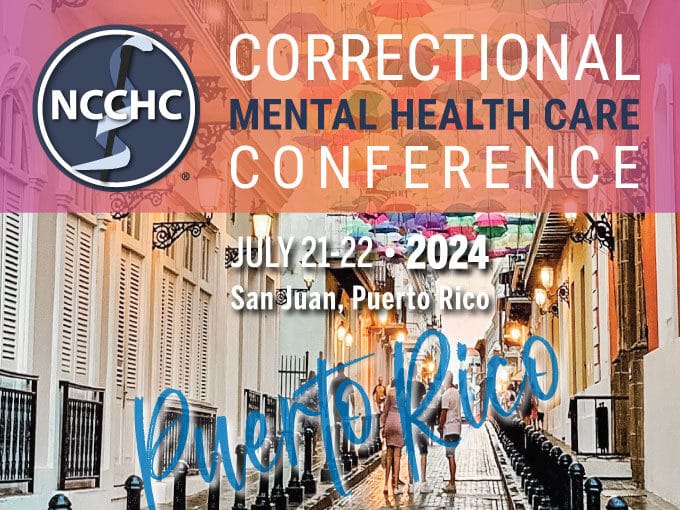
Standards Q&A: 75% Custody Health Training Requirement
Does the 75% requirement refer to all custody staff or only those working during
Home Put Incarcerated Populations Toward the Front of the Line for COVID-19 Vaccine
As states finalize their distribution plans for the highly anticipated COVID-19 vaccine, the National Commission on Correctional Health Care encourages giving high priority to incarcerated individuals, custody and support staff, and health care professionals who work in correctional settings. Vaccinating this population represents a clear opportunity to reduce and limit spread of the virus – the goal of any infection mitigation strategy.
Somewhere between 22.5 million and 40 million doses of the vaccine are expected to be available in the United States by the end of 2020. While this represents a crucial positive step in ending the pandemic, the initial vaccine supply will be limited, and it is imperative that it be given where it will provide maximum benefit. “Prioritizing the people who work, live, or are temporarily housed in the nation’s jails, prisons, juvenile and other correctional facilities is epidemiologically sound science and in the best public health interest of the broader community,” says Joseph Penn, MD, CCHP-MH, chair of the NCCHC Governance Board.
For more than 40 years, NCCHC has worked to improve the quality of health care in the country’s jails, prisons, and juvenile facilities. NCCHC stands with our supporting organization the American Medical Association in advocating for incarcerated people – as well as correctional health care professionals and others who work in correctional settings – to be given priority for the vaccination. We urge state leaders to follow the recommendation of the CDC’s Advisory Committee on Immunization Practices, which calls for both staff and inmates to be given priority soon after health care workers and residents of long-term care facilities.
From a public health perspective, the reasons are clear: outbreaks do not remain within the facilities’ walls. Every day, thousands of people enter and exit jails and prisons and juvenile facilities. That includes not only arrestees and those who are released, but also police officers, attorneys, correctional officers, health care professionals, and others who work there. They all provide an avenue for spread of the virus to their homes, families, neighborhoods, and larger communities.
Epidemics must be stopped where they are most likely to spread—and that includes correctional settings. According to the National Commission on COVID-19 and Criminal Justice, an incarcerated individual is four times as likely to become infected and twice as likely to die as someone in the free world. Like another hard-hit setting, long-term care facilities, jails and prisons are congregate settings where spread is likely. Even with decarceration efforts, they are high-density, closed populations in which social distancing, quarantine, and isolation best practices are ongoing challenges. As a result, many of the country’s most severe outbreaks have occurred in jails and prisons.
In addition to the challenges created by their environments, many incarcerated people have preexisting medical and psychiatric conditions and underlying risk factors that put them at high risk for serious disease, complications, and death. They represent an at-risk, medically compromised population for whom we have a Constitutional obligation to care. That was established by the United States Supreme Court in 1976 in the landmark Estelle v. Gamble case and remains true prior to, during, and subsequent to the current pandemic.
The vast majority of inmates and detainees return to their communities. A large percentage of jail stays are short-term; approximately half of those in jail have not been convicted of a crime. Not offering timely vaccination to them represents a danger to marginalized communities that are overrepresented in corrections and have also been hardest hit by the pandemic.
NCCHC correctional health standards require that inmates be provided with clinical preventive services, including flu shots and other immunizations administered as clinically indicated. This essential standard should be upheld, especially during this crisis.
Says Deborah Ross, CCHP, NCCHC chief executive officer, “Public health demands that we apply treatment where it is needed to do the most good.”


